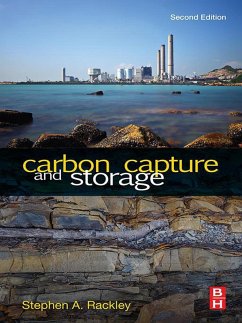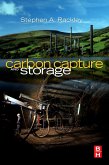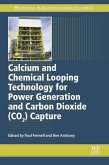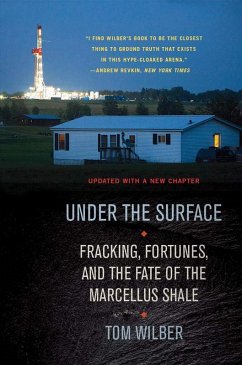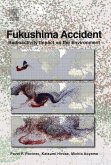Carbon Capture and Storage, Second Edition, provides a thorough, non-specialist introduction to technologies aimed at reducing greenhouse gas emissions from burning fossil fuels during power generation and other energy-intensive industrial processes, such as steelmaking. Extensively revised and updated, this second edition provides detailed coverage of key carbon dioxide capture methods along with an examination of the most promising techniques for carbon storage.
The book opens with an introductory section that provides background regarding the need to reduce greenhouse gas emissions, an overview of carbon capture and storage (CCS) technologies, and a primer in the fundamentals of power generation. The next chapters focus on key carbon capture technologies, including absorption, adsorption, and membrane-based systems, addressing their applications in both the power and non-power sectors.
New for the second edition, a dedicated section on geological storage of carbon dioxide follows, with chapters addressing the relevant features, events, and processes (FEP) associated with this scenario. Non-geological storage methods such as ocean storage and storage in terrestrial ecosystems are the subject of the final group of chapters. A chapter on carbon dioxide transportation is also included.
This extensively revised and expanded second edition will be a valuable resource for power plant engineers, chemical engineers, geological engineers, environmental engineers, and industrial engineers seeking a concise, yet authoritative one-volume overview of this field. Researchers, consultants, and policy makers entering this discipline also will benefit from this reference.
The book opens with an introductory section that provides background regarding the need to reduce greenhouse gas emissions, an overview of carbon capture and storage (CCS) technologies, and a primer in the fundamentals of power generation. The next chapters focus on key carbon capture technologies, including absorption, adsorption, and membrane-based systems, addressing their applications in both the power and non-power sectors.
New for the second edition, a dedicated section on geological storage of carbon dioxide follows, with chapters addressing the relevant features, events, and processes (FEP) associated with this scenario. Non-geological storage methods such as ocean storage and storage in terrestrial ecosystems are the subject of the final group of chapters. A chapter on carbon dioxide transportation is also included.
This extensively revised and expanded second edition will be a valuable resource for power plant engineers, chemical engineers, geological engineers, environmental engineers, and industrial engineers seeking a concise, yet authoritative one-volume overview of this field. Researchers, consultants, and policy makers entering this discipline also will benefit from this reference.
- Provides all-inclusive and authoritative coverage of the major technologies under consideration for carbon capture and storage
- Presents information in an approachable format, for those with a scientific or engineering background, as well as non-specialists
- Includes a new Part III dedicated to geological storage of carbon dioxide, covering this topic in much more depth (9 chapters compared to 1 in the first edition)
- Features revisions and updates to all chapters
- Includes new sections or expanded content on: chemical looping/calcium looping; life-cycle GHG assessment of CCS technologies; non-power industries (e.g. including pulp/paper alongside ones already covered); carbon negative technologies (e.g. BECCS); gas-fired power plants; biomass and waste co-firing; and hydrate-based capture
Dieser Download kann aus rechtlichen Gründen nur mit Rechnungsadresse in A, B, BG, CY, CZ, D, DK, EW, E, FIN, F, GR, HR, H, IRL, I, LT, L, LR, M, NL, PL, P, R, S, SLO, SK ausgeliefert werden.

